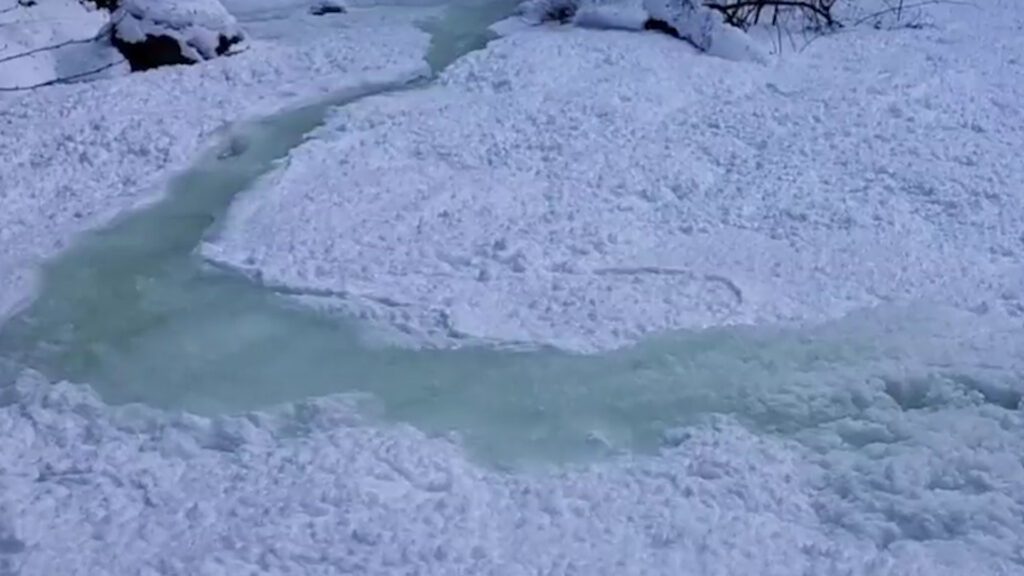The Ministry of Environment (MoEFCC) released the India State of Forests Report (ISFR) 2021 on 13th January 2022 . It states that the north-eastern states have a total forest cover of 1,69,521 square km. , out of the state’s total geographical area of 2,62,179 sq. km. , that makes up 7.98% of the country’s geographical area. The eight north eastern states have a forest cover that adds about 23.75 % to the total forest cover of the country.
Arunachal Pradesh lost most of its forest cover of 257 sq. km. , Meghalaya lost 249 sq. km. , Nagaland 235 sq. km. , Mizoram 186 sq. km. , Meghalaya 73 sq. km. , Assam15 sq. km. , Tripura 4 sq km and Sikkim lost nearly 1 sq. km. of its forest cover. That makes up almost 1,020 sq. km. of tree cover loss.
As per ISFR the loss of tree covers are attributed to shifting cultivation, where forest land is converted into temporary agricultural land and the fields are cultivated for a short time and are abandoned after cultivation. The numbers are worrying because India’s northeastern region is one of the 17 biodiversity hotspots declared in the world.
Even with that, the North East along with Andaman and Nicobar Islands is considered by the current government for the National Mission on Edible Oils, Oil Palm production. This move was made to reduce the costs of heavy palm oil imports.
Many believe that the numbers by ISFR aren’t representing the actual situation on ground. The techniques used for the forest survey have loopholes and plantations, man made gardens or even invasive species might also be considered as forest.

Saurabh Sawant - Wikimedia Commons
North East India lost 1,020 sq. km. of Forest In 2020-2021
Latest from Nature

Federal Judge Sets 2027 Deadline for Mount Graham Red Squirrel Protection After Population Rebounds to 233
A federal judge has set firm deadlines for the U.S. Fish and Wildlife Service to address the protection of one of America’s most endangered mammals, the Mount Graham red squirrel, after years
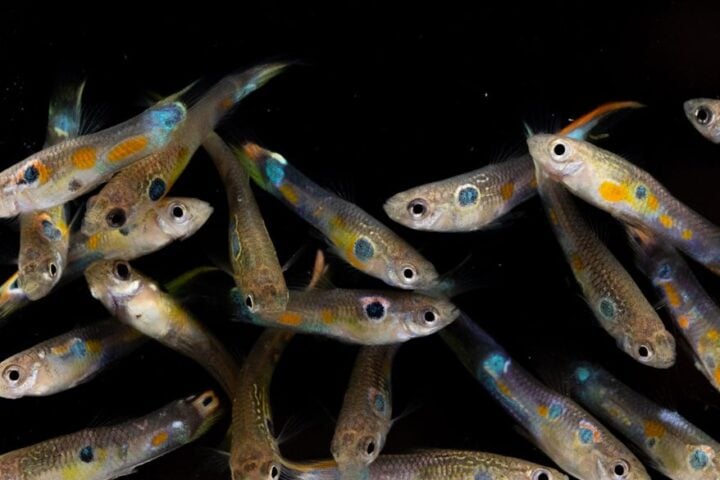
Male Guppies With Orange Spots 2X More Sexually Active Than Dull Males, UBC Study Finds
Scientists have solved a long-standing evolutionary puzzle about why male guppies sport such flashy orange colors despite the risk of attracting predators. The brighter the orange on a male guppy, the more

Farm Hedgerows Significantly Boost UK Butterfly Numbers as 2024 Marks Worst Decline Ever, Oxford Study Shows
Trees and hedgerows significantly increase butterfly numbers in UK farmlands, according to new research from Oxford University. This finding comes when butterfly populations desperately need help – 2024 was one of the
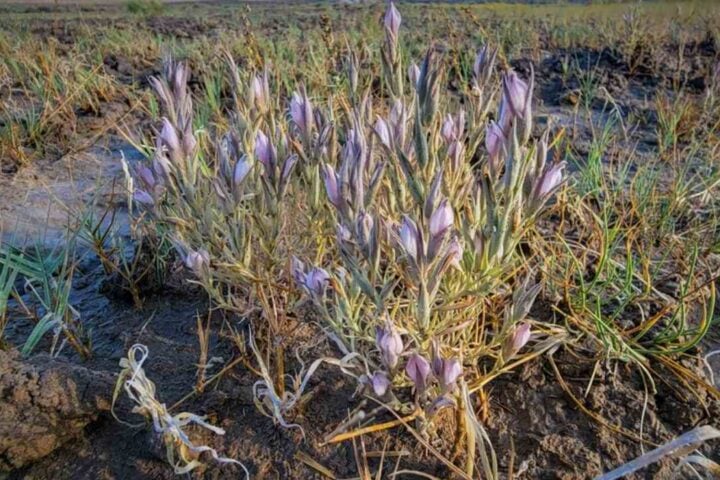
Lawsuit Filed to Protect Rare Desert Wildflower as 9-Month Federal Deadline Missed in Nevada Water Crisis
A rare desert wildflower that depends on groundwater for survival is at the center of a new environmental lawsuit. The Center for Biological Diversity sued the U.S. Fish and Wildlife Service on
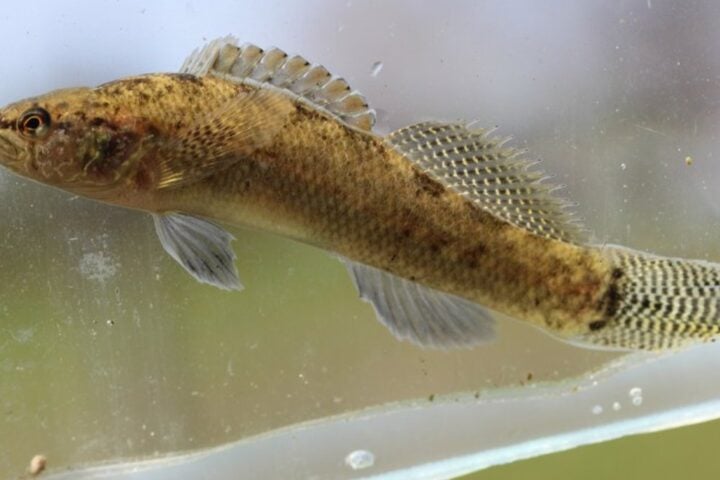
Tennessee’s Barrens Darter Fish Faces Extinction With Only 5 Populations Left in 6 Miles of Streams
After decades of advocacy and legal battles, the U.S. Fish and Wildlife Service (USFWS) has proposed listing the Barrens darter as endangered under the Endangered Species Act. This small, bottom-dwelling fish found
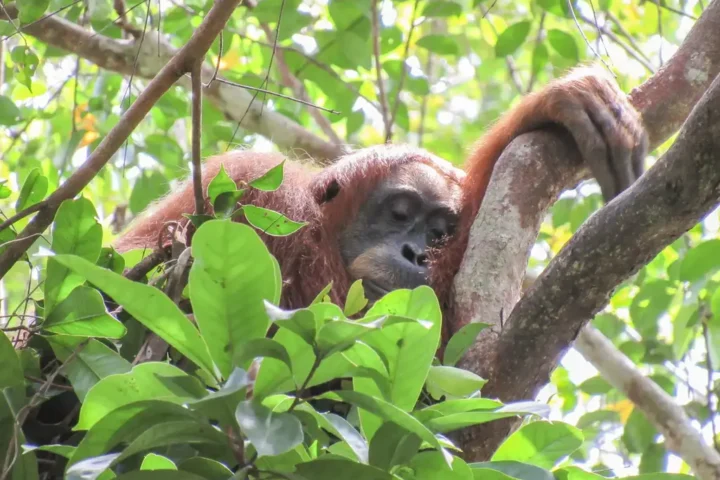
Wild Orangutans Take Power Naps After Poor Sleep, 14-Year Study Reveals Surprising Human Parallels
New research reveals that orangutans, one of our closest living relatives, deal with sleep disruption in a surprisingly human way – they take naps. Scientists from the Max Planck Institute of Animal

Endangered Secretary Bird Chick Thrives at Longleat as Wild Population Falls Below 10,000
An endangered secretary bird chick is thriving at Longleat Safari Park after being hand-reared by dedicated keepers. The chick, now five weeks old, has become a vital addition to global conservation efforts

Yorkshire Wildlife Park Launches 2000-Mile Rescue Mission for Ukrainian Lions While Celebrating First Monkey Birth
Yorkshire Wildlife Park is launching a rescue mission to save three young lions from war-torn Ukraine while also celebrating the birth of their first Titi monkey in the Amazonas walkthrough reserve. The
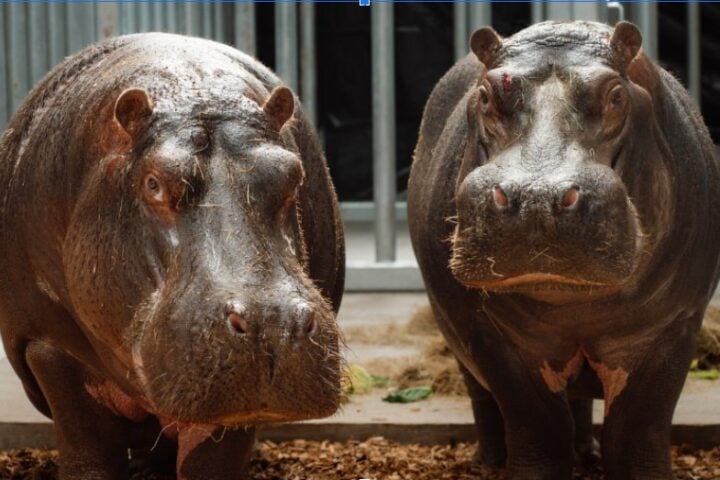
Longleat Safari Park Welcomes Four Hippos to New £2M Facility for Conservation Breeding
Longleat Safari Park has welcomed four new hippos as part of a crucial conservation breeding program for this vulnerable species. The arrival marks a significant milestone after the deaths of beloved hippos
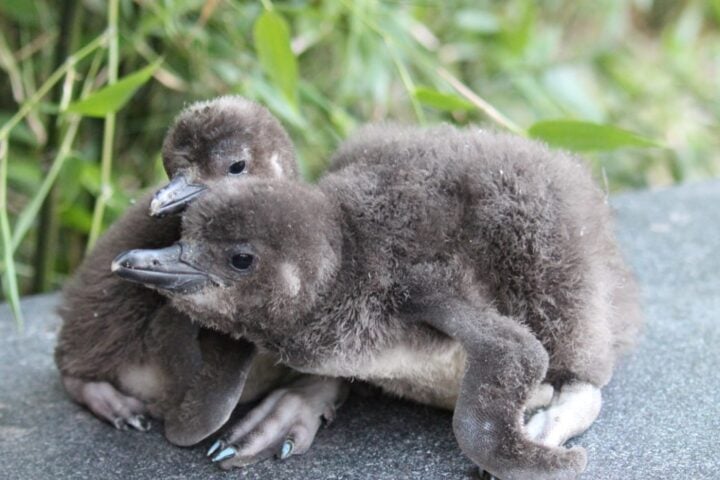
Blue Toenail Polish Helps UK’s Only Magellanic Penguin Colony Track Health of New Chicks at Blackpool Zoo
Tiny penguin chicks at Blackpool Zoo are getting blue nail polish on their toes – but it’s not just for fashion. This creative solution helps zoo staff tell the fluffy siblings apart,
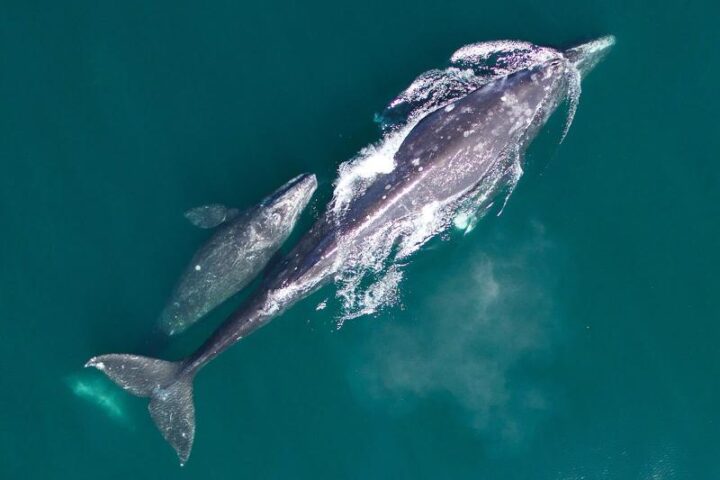
Gray Whale Population Plummets 50%: Arctic Feeding Changes Push Numbers to 1970s Low of 13,000
The Eastern North Pacific gray whale population has plummeted to its lowest level since the 1970s, with alarming declines in both adult numbers and newborn calves. A recent count by NOAA Fisheries
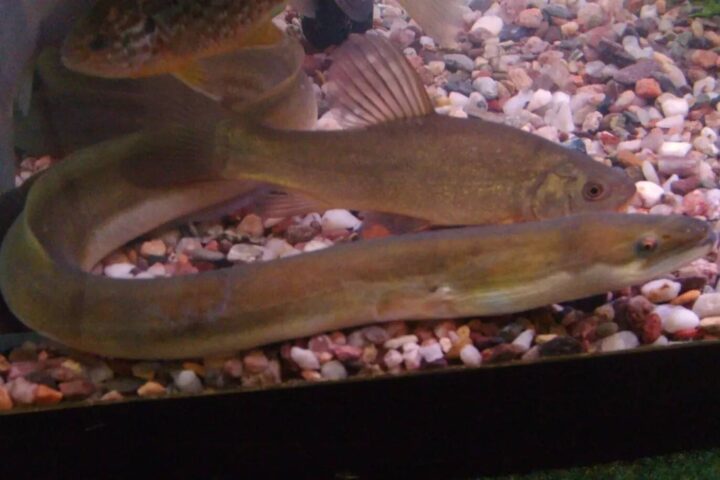
DNA Study Reveals 6 Endangered Fish Species in Singapore-Malaysia Fish Maw Trade Worth Up to $1,184/kg
A new study has uncovered a disturbing trend in Singapore and Malaysia’s fish maw markets. Researchers found DNA from six endangered fish species in dried fish maw products sold in local shops.

4.16 Billion Years: Scientists Confirm Quebec Rocks as Earth’s Oldest in New Study
Scientists have conclusively proven that rocks in Canada’s northern Quebec are the oldest on Earth, dating back 4.16 billion years. The discovery, published in the journal Science on June 26, 2025, settles
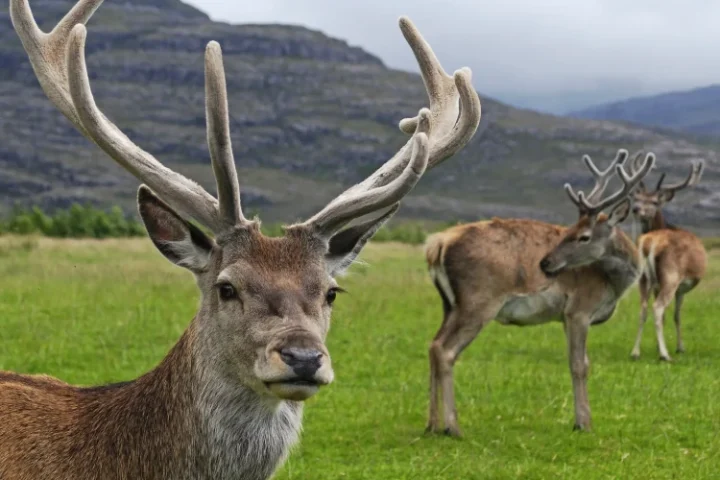
22 GPS-Tracked Deer Reveal Migration Secrets in Scotland’s Pioneering Wildlife Study
Scientists have launched an innovative research project in Scotland’s west Highlands, fitting red deer with GPS collars to track their movements. This pioneering study aims to help land managers make better decisions

TfL Wildflower Verges Hit 390,000m² as 50% Surge Creates 52 Football Pitches of Urban Wildlife Habitat
Transport for London has delivered something that sounds almost too good to be true. The transport authority has added 130,000 square meters of wildflower verges across the capital in just one year.

